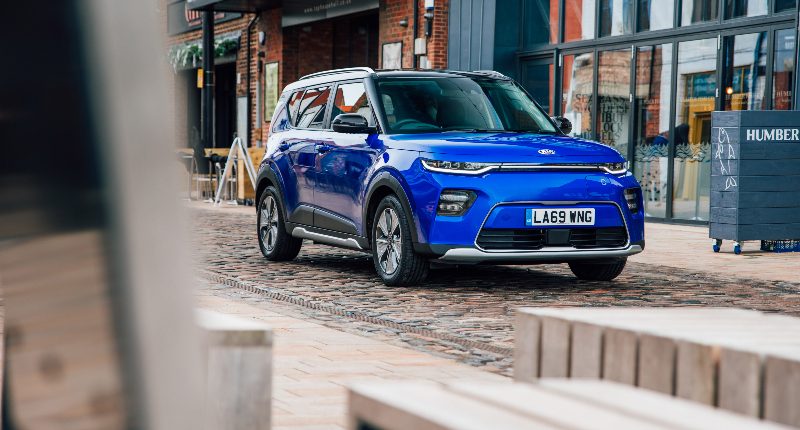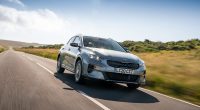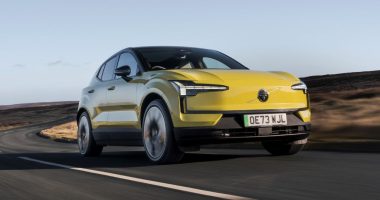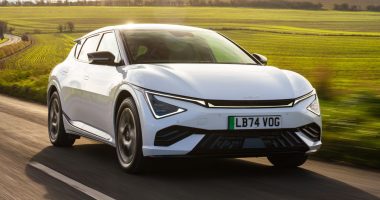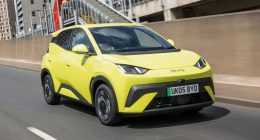As the second-generation Soul awaited the arrival of its successor, Kia revealed that zero-emission models in its line-up were outperforming combustion-powered versions. That perhaps explains why bosses have decided to build electric-only versions of this trick new urban crossover for the UK market.
Table of Contents
KIA SELLS EVS?
Think electric and Tesla, Nissan and in more recent times Jaguar are probably the companies that spring to mind. Kia’s been going about its electrification programme quietly and the Soul EV is the next chapter of the story. Unlike a growing number of companies that give customers the choice of petrol, diesel or electric with their new car, bosses at Kia reckon the seemingly endless popularity of emission-free motoring is a perfect match for its “fresh and funky” Soul – a car that can raise Kia’s EV sales and lower the average age of its customers.
SHOULD I BE EXCITED?
When a box-fresh passenger EV arrives, it is hard not to feel a sense of anticipation. Demand for the Mk2 Soul EV was strong and Kia’s order books for the Mk3 are already filling up fast. All the signs point to UK dealerships shifting upwards of 2,000 between now and December. What matters technically – and, truth be told, fundamentally – is the powertrain. Covered by a 7-year, 100,000-mile warranty, the 201bhp electric motor is deployed in Kia’s larger Niro and Hyundai’s Kona Electric. A colossal 80% more powerful than the previous motor, this is fuelled by energy stored in a 64kWh battery sitting between the front and rear tyres.
IMPRESSIVE. ANYTHING ELSE?
Power is up and so is the Soul EV’s range. Using “new-generation battery chemistry”, this has spiked from 132-miles to 280-miles. And if you can believe everything you are told you can expect to travel over 400-miles in urban settings with help from the four-stage regenerative braking set-up that can be dulled or intensified via petite paddles on either side of the steering wheel. In time the process becomes second nature as the brakes swap heat for kinetic energy. Sold only in one guise – ‘First Edition – and with one power output, all UK-spec Soul EVs are kitted out with a fast charger that guarantees shorter stops between top-ups. If you can find a 100kW DC fast charger the cells can be replenished from 20% to 80% in under 45 minutes.
BEING ELECTRIC IT MUST BE SLOW?
You must be joking! And the reason is torque. Although it tips the scales at just over 1,600Kg the extra shove from the Soul EV’s electric motors – 291lb ft as opposed to 210lb ft – can be felt through the seat, especially in the ‘Sport’ driving mode which noticeably sharpens up throttle response. As there isn’t the clatter of a combustion engine under the bonnet the only noise you have for company is occasional buffeting. Even then you barely have to raise your voice to hold a conversation. Insulated wheel-arch innards muffles tyre roar as well.
HOW DOES IT POINT AND STEER?
Let’s keep things in perspective. This is not an out-and-out hot hatch nor is it a sports car. To make comparisons with either would be frankly daft. Having said all of that the Soul EV is not disgraced on the dynamics front. There is little body roll worth talking about and the handling is safe as the car’s high centre point is counterbalanced by having so much weight so close to the road. This, in effect, keeps the body tied down and allows the independent MacPherson front strut and full independent multi-link rear configuration to deliver a truly cushioned ride. As with most modern-day cars only the very worst lumps and bumps trouble the chassis here.
IS THE INSIDE AS QUIRKY?
Kia claims the cabin has drawn inspiration from music. Apart from the deep-sounding Harman Kardon stereo the links are difficult to pin-point. There is nothing at all wrong with how the centre and lower console are presented, nor the sheer volume of standard equipment, but the grade of too many surfaces – from the top of the door edges to the lower portion of the stepped dash – do not pass muster. What is not in question is space on the inside and the airy feeling that exists even with a full quota of passengers on board.
PROS & CONS
+ Huge real world range
+ Endless equipment list
+ Rock bottom running costs
– Divisive exterior styling
– Some cheap cabin plastics
– List price might deter some
‘UVO’: Incorporated into the Soul EV’s infotainment system is ‘UVO Connect’, a telematics system that gives owners the ability to find charging station locations and charger availability on top of connection compatibility and live traffic and travel information. Also new is a Kia app that allows owners to check battery charge status on their smart phone.
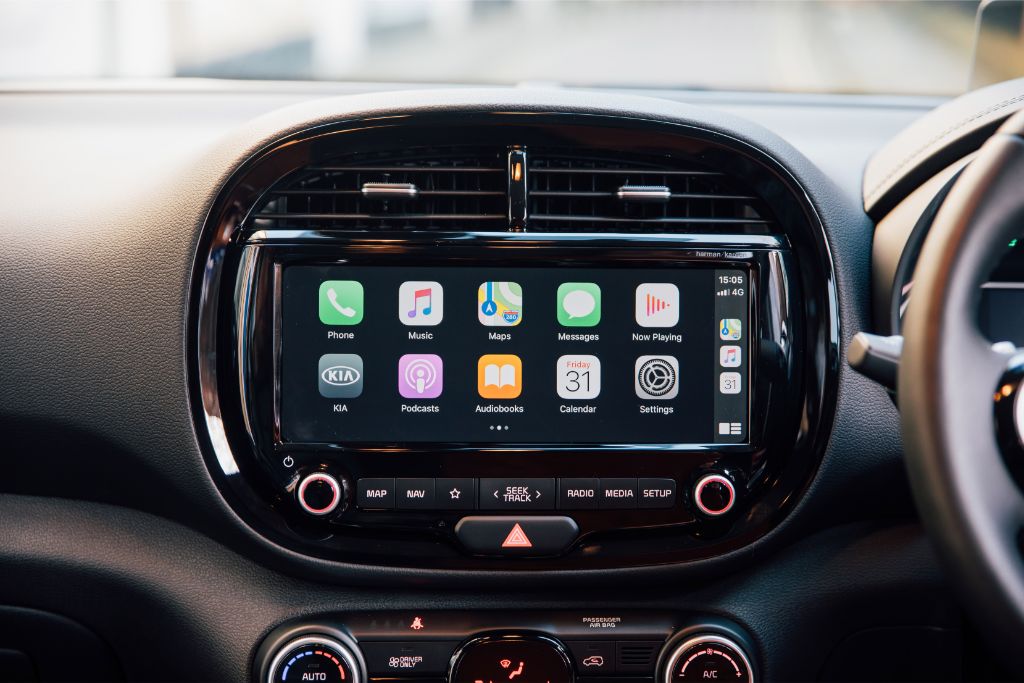
STYLING: The previous two Souls were boxy in shape and the Mk3 carries that forward in a body that is wider and longer. ‘Brow’ trim piece creates runs above full LED headlights while front bumper cap hides charge socket. ‘First Edition’ cars are sold in three two-tone colours while UK-bound cars come with an ‘SUV Pack’ that toughens up the crossover’s look.
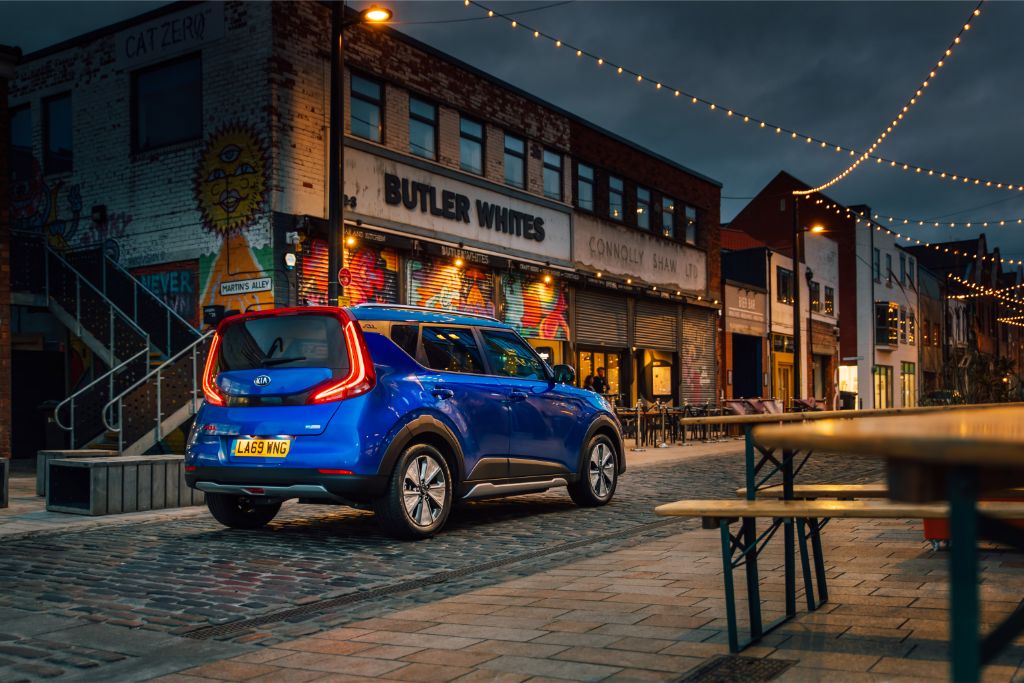
INTERIOR: In typical Kia fashion the Soul EV has a solidly built and easy-to-fathom dash that gets a 10.25-inch touchscreen navigation system. In keeping with the car’s cutting-edge narrative, the main instrument binnacle is fully digital and works hand-in-hand with the head-up display. From the seats to the console area, black is the predominant colour here.
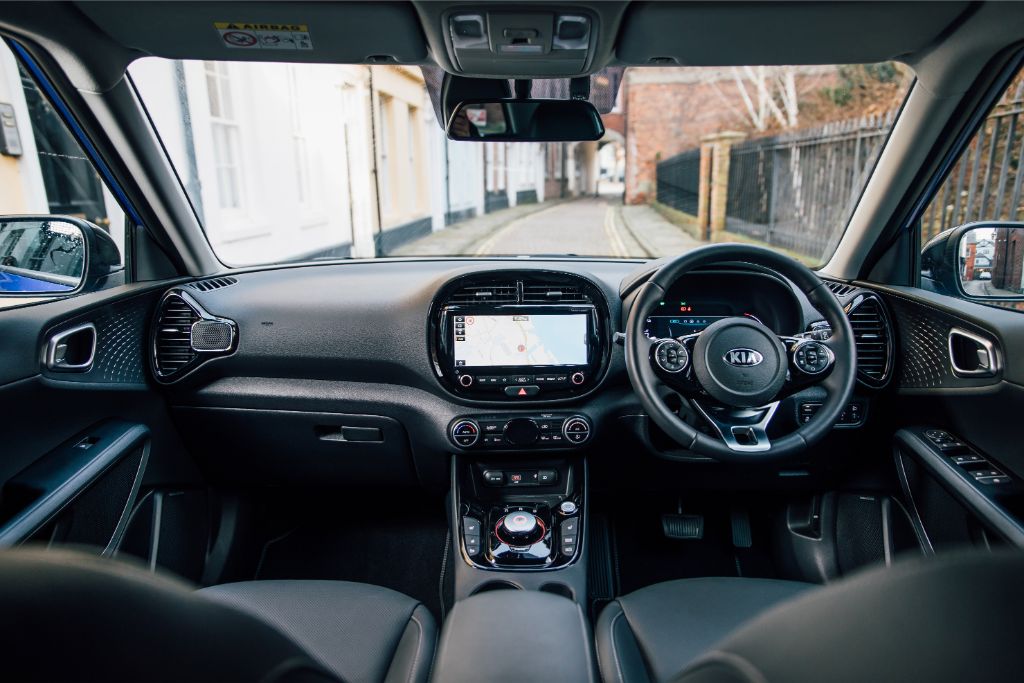
PRACTICALITY: Longer than before and standing 1,650mm tall translates into a crossover that scores highly on the practicality front. Three adults can fit into the back where head and leg space are spot on as the floor is flat and free of obstructions. 351-litre boot has a usable shape and boasts a clever two-level arrangement; in the highest setting the lip edge is shallow. Dedicated compartment for the car’s charging cable is another plus in this class.
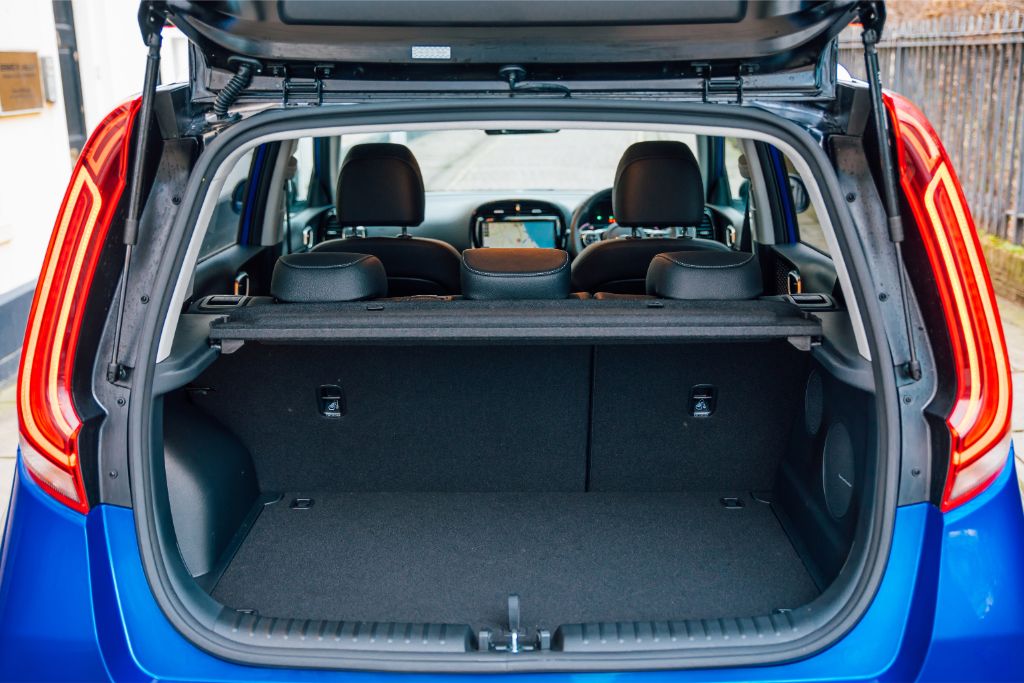
SPECIFICATION
Price: £33,795 (after government grant)
Engine: 64kWh battery, single electric motor
Power/torque: 201bhp/291lb ft
Transmission: Single-speed automatic, front-wheel-drive
0-60mph: 7.6 seconds
Top speed: 104mph
Range: 280 miles
CO2: 0g/Km
